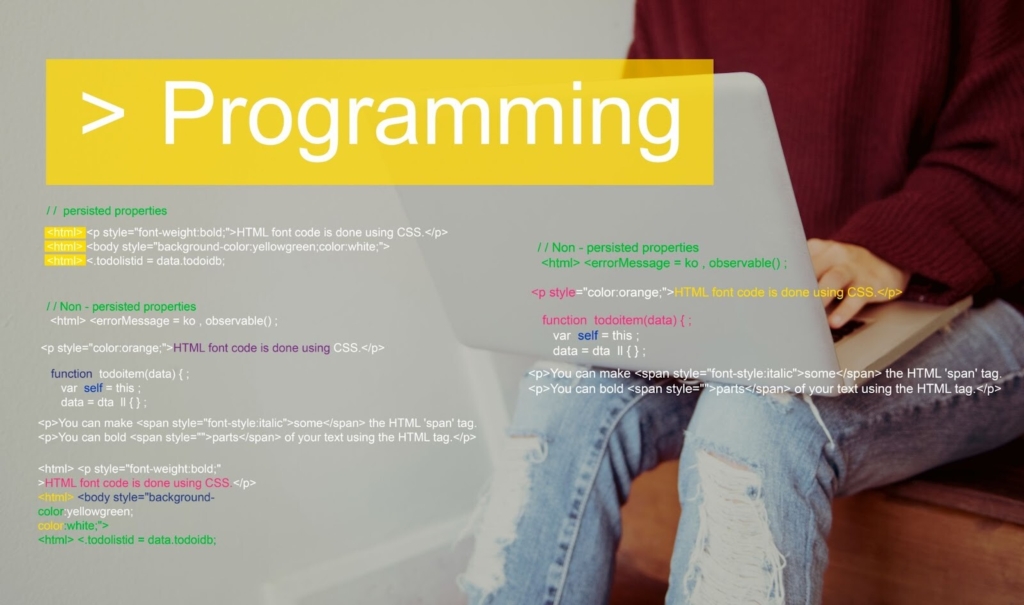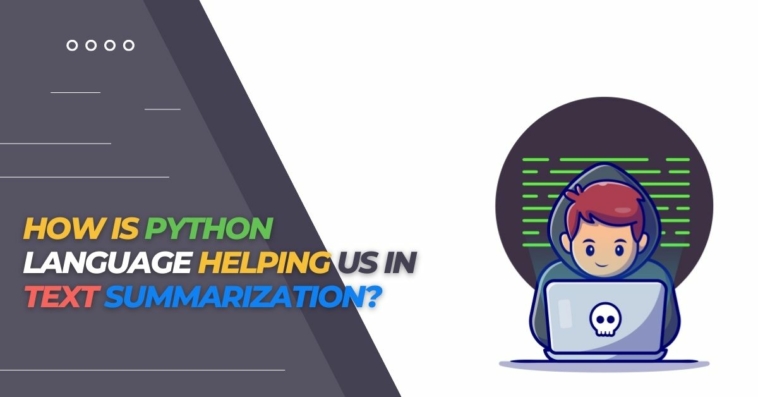Have you ever felt that you lack the time to read everything you want to? Create a routine to summarise documents from news sources, scholarly works, or job-related sources.
Text summarization condenses lengthy texts for easy reading without omitting details. Text summarization algorithms help news aggregators determine article relevance without clicking links, ensuring relevance.
Text summarization is the process of taking the key points from a text and presenting them in a clear, comprehensible manner. It is a useful tool for a range of tasks, such as business, education, and research.
The robust language Python is ideal for text summarization. There are several libraries and modules, such as NLTK and SpaCy, that are available for text analysis purposes.
The Value of Text Summarization
In order to summarise a text, the key ideas must be extracted from the text and presented in an approachable manner. This method is useful for many things, including business, instruction, and research.
What is Text Summarization?
Text summarization is a method that natural language processing (NLP) employs when attempting to condense a text. The two main methods used in this technique are extractive and abstractive, both of which seek to produce a succinct and clear summary of the original text.
Types of Text Summarization Techniques
The act of extracting the most important ideas from a text and presenting them in an understandable way is known as text summarization. The two types of text summarization techniques are extractive and abstractive.
Extractive: Taking the key phrases from a text and presenting them in a new document is the process of extractive summarization. Text summarization presents key information from news articles or other documents in a linear manner.
Abstractive: Creating new sentences that hit on a text’s main ideas is what summarising entails. Although this method of text summarization is more challenging, the resulting summaries may be more informative and interesting. The use of abstractive summaries in non-linearly presented scientific articles is common. Using statistical language models, the summary generator technique generates abstract summarization sentences. After being trained on a sizable corpus of text, the language model is able to recognise the words and phrases in a text. The summary generator uses this information to create new sentences that highlight the key ideas in the text.
Python Language in Text Summarization
These libraries offer numerous tools for text summarization, including:
Python’s Versatility
Python is a popular choice for many applications, including NLP and text analytics, due to its versatility and usability. Its extensive collection of libraries and frameworks makes difficult tasks simple, allowing programmers to concentrate on creating powerful text summarization models.
Python’s Natural Language Processing (NLP)
Numerous NLP libraries, including NLTK (Natural Language Toolkit) and spaCy, are available in Python’s rich ecosystem and offer crucial functionalities for entity recognition, part-of-speech tagging, and text preprocessing. The foundation of text summarization pipelines is made up of these tools.
Python Text Summarization Libraries
- Gensim is a well-liked Python library for topic modelling and comparing documents that can be customised for extractive summarization.
- Sumy is a straightforward but effective library that supports a variety of summarization methods, such as Luhn, LSA, and LexRank.
The Role of Machine Learning in Python for Summarization
Researchers can create complex abstractive summarization models thanks to Python’s integration with machine learning frameworks like TensorFlow and PyTorch. These models discover patterns in the training data, which helps them learn to produce summaries.
Python Text Summarization Implementation

Here is an example of text summarization in Python:
Preprocessing the Text Data
Text data must first go through preprocessing steps like tokenization, stop word removal, and stemming before summarization techniques can be applied. By doing this, you can be sure the text is set up for analysis.
Extractive Summarization with NLTK
The most well-liked extractive summarization algorithm offered by NLTK is the TextRank algorithm. Based on the co-occurrence of sentences in the text, TextRank determines the importance of each sentence.
Abstractive Summarization using GPT-3
One of the most sophisticated language models that can produce summaries that resemble those written by humans is GPT-3, powered by OpenAI. Modern abstractive summarization systems can be developed by optimising GPT-3 on summarization datasets.
Text Summarization Using Python in the Real World
Python-based text summarization has a wide range of practical applications. Here are a few illustrations:
News Article Summarization
Automated news summarization improves readers’ news consumption experience by allowing them to quickly understand the major developments and key conclusions from news articles.
Summarizing Documents Automatically
Python-based summarization models can speed up information retrieval and decision-making procedures in fields dealing with high volumes of documents, such as the legal and research sectors.
Text Summarization in Social Media
A constant stream of information can be overwhelming on social media platforms. Users who use summaries can stay informed without getting lost in the clutter.
Research Paper Summarization
To find pertinent information, researchers frequently have to skim through a lot of papers. Concise summaries of research papers can be provided by Python-based summarization, facilitating literature reviews.
Advantages and Challenges of Python in Text Summarization
Text summarization is one of many tasks that Python is capable of performing. The following are some benefits of using Python for text summarization:
Advantages of Python in Text Summarization
- Extensive NLP Libraries: Python’s NLP libraries offer a wealth of text-processing tools, making it simple to construct pipelines for summarization.
- Large Community Support: Python’s popularity guarantees a sizable developer community that consistently makes contributions to research in NLP and summarization.
Challenges and Limitations
- Multi-Lingual Summarization: Summarization models built on Python may have trouble processing languages with intricate grammatical structures.Multi-Lingual Summarization: Summarization models built on Python may have trouble processing languages with intricate grammatical structures.
- Complexity of Abstractive Summarization: Abstractive models provide more human-like summaries, but due to the complexities involved, they can be difficult to develop and perfect.
Conclusion
Thanks to Python, text summarization has become much more efficient, allowing us to easily sift through large volumes of text data. Its robust NLP libraries and integration with machine learning frameworks make it a powerful tool for both extractive and abstractive summarization. As Python continues to evolve, we can expect even more advanced and accurate text summarization solutions in the future.



